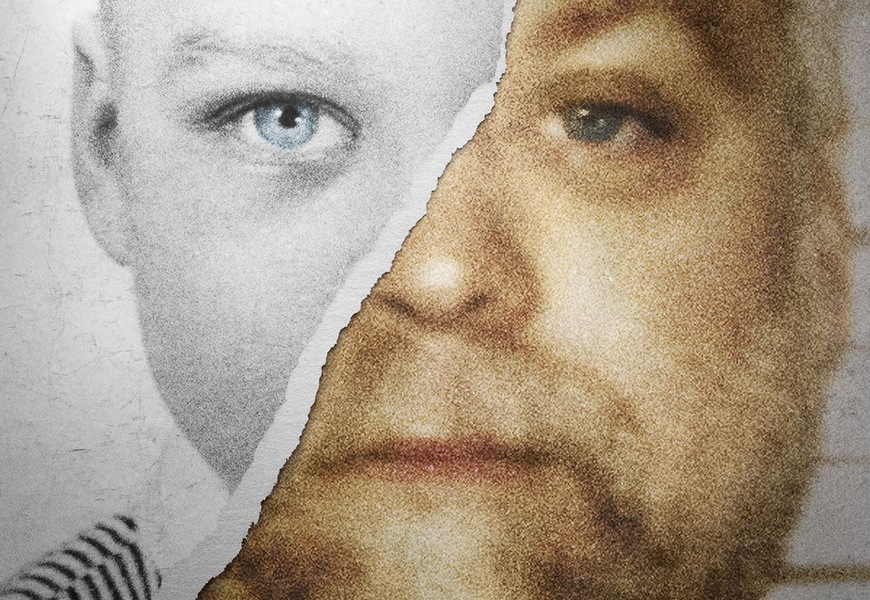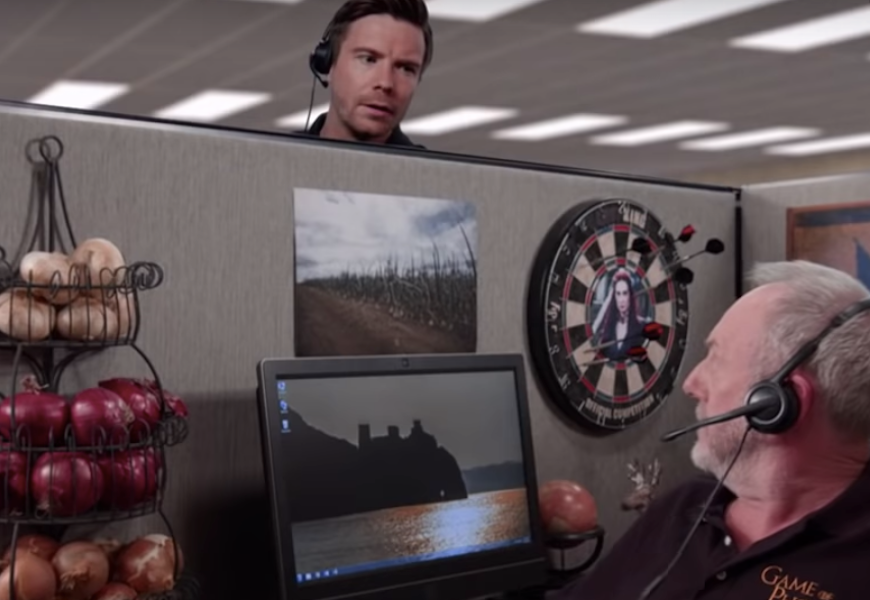While criminal procedurals have long been a staple of the 10 o’clock hour on network TV and have become commonplace on premium cable as well, there is something inherently more intriguing about a true crime series or documentary than watching Olivia Benson chase perps on Law & Order: SVU or experiencing life on the Baltimore police force over five seasons of The Wire.
That’s where Netflix’s first foray into the genre comes in and Making a Murderer is captivating from start to finish.
Though it follows in the footsteps of The Jinx, the HBO documentary miniseries focused on Robert Durst, it’s much more stripped down and gritty than Andrew Jarecki’s offering, which is outstanding and worth watching if you haven’t checked it out yet.
At the center of Making a Murderer are Steven Avery and the Manitowoc County (Wisconsin) sheriff’s department.
After being released from prison after serving 18 years for a crime he didn’t commit, Mr. Avery becomes the prime suspect and is ultimately arrested for the death of a 25-year-old photographer, Teresa Halbach. But just as he did earlier, Avery maintains his innocence, suggesting that he’s being targeted by the local sheriff’s department and the series sucks you in as Avery’s attorneys try to prove their client is not guilty and the prosecution works hard to convince the jury and the viewer that they’ve got the right man.
But it’s not just the “did he do it?” element of this series that is captivating.
As much as the courtroom elements and trial aspects form the basis of many of the episodes, there is a real “something about this just feels off” piece to it all too, stemming from Avery’s exoneration, lawsuit against the Manitowoc County sheriff’s department and subsequent arrest and trial for Ms. Halbach’s murder that both gives you the chills and keeps you rolling through episodes one after the other without pause.
Why would a man who spent nearly two decades of his life behind bars for a crime he did not commit get out and commit such a violent, heinous act of violence a year later? And why do the same members of the sheriff’s department keep popping up in questionable instances along the way?
Each episode offers more questions than answers, which adds to the “I need to just keep watching” draw of the series. You want to see where everything leads, how the trial concludes and what transpires in the aftermath and though each episode is an hour long, it is so taut that there are no moments where it feels like it is dragging.
In addition to being a compelling, riveting series about a murder trial, Making a Murderer is also a grim look at the criminal justice system and the way the accused are quite often guilty until proven guilty.
Some of the legal judgments, prosecutorial stances and evidentiary findings made during this series are baffling and tough to stomach, which only add to the “Must Watch More” attraction.
Making a Murderer is captivating and another strong offering from Netflix.












